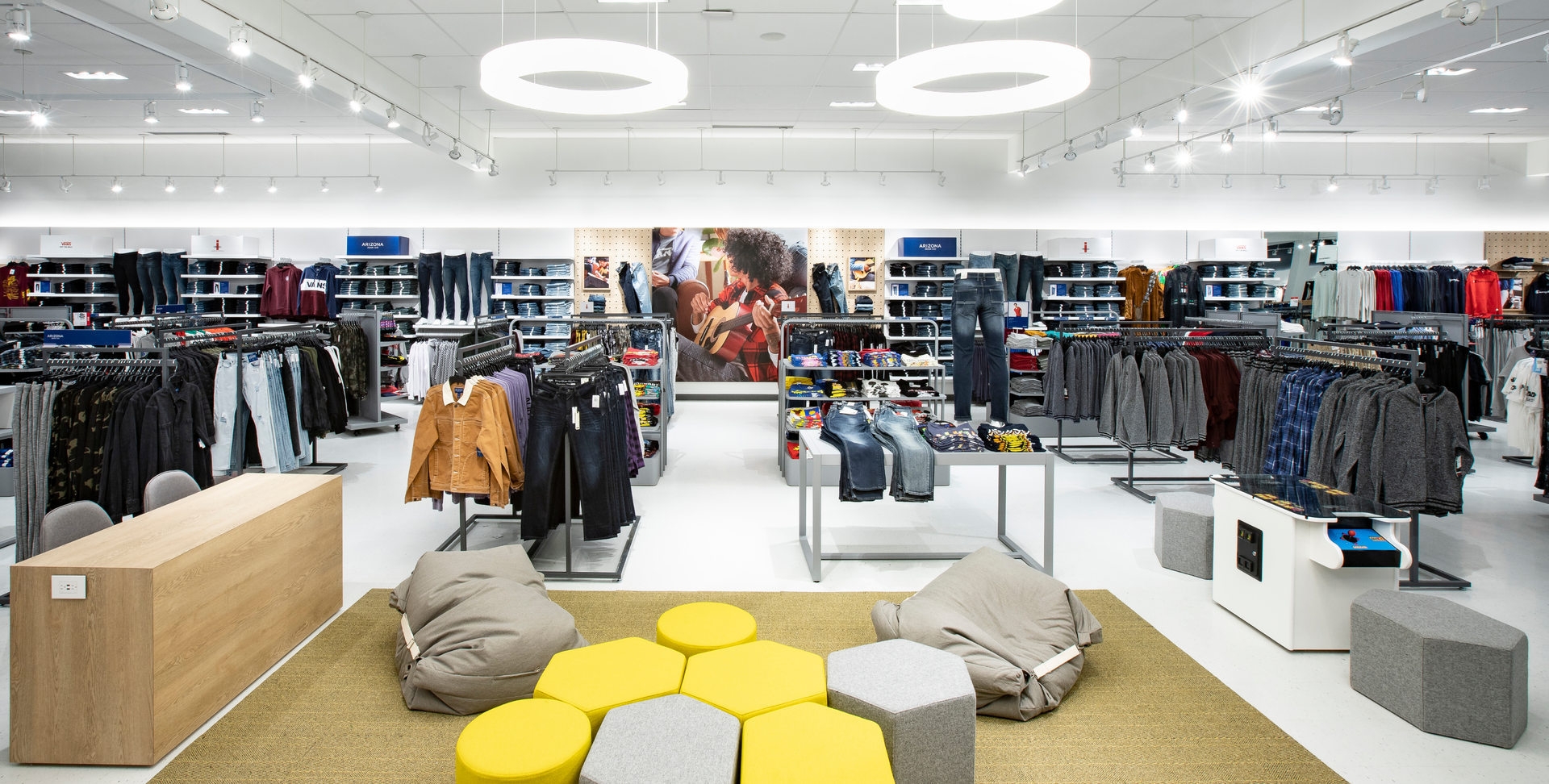ECommerce at the beginning of the dot-com era offered an alternative to in-store retail. A quarter century after the launch of Amazon, non-store exclusively online retailers accounted for under 12 percent of U.S. retail sales, as of last year. Most retailers have integrated digital/eCommerce platforms into their customer experience.
Certainly the notion of “saving” brick-and-mortar from the existential threat of online shopping has been set aside. Both offline and online forms of shopping have evolved.
However, in 2020, marketers are looking more and more at ways that offline experience itself can boost the bottom line. Experiential marketing, in this vein, is connected to event marketing. Visiting a store should be an event, or the mini-event called an experience.
Marketers have been buzzing about the “Experience Economy” ever since a book by that title was published by James Gilmore and Joseph B. Pine II in 1999. (The book was most recently updated last year.)
Following this logic, a value can be assigned to the experience that a business provides for a customer, beyond the typical products and services that they pay to use.
Marketers have taken hold of this value to serve as an opportunity to enhance the company’s relationship with customers, or to bring new customers in.
This points to a value that marketers can seize as an extension of the marketing budget. If, for instance, a retailer invests in the experience at a store location – making it a destination – it can grow foot traffic, almost like an ad does.
I recently had a conversation with Jim Katzman, principal of CX strategy and enablement at customer feedback platform InMoment, about what experience means in the current data-driven environment.
“In general, there’s been a huge shift to what we’re calling the ‘experience economy,’” Katzman told me. “Businesses are moving away from pure delivery of a product to build an experience around it.”
Yes, in this data-heavy age, businesses still want to sell more products and services. Data can be used to measure intent, improving the message, timing and channel that marketers use to communicate with their customers. But data can also be used to build the experience.
As an example, Katzman brought up an ongoing effort by Texas-based retail chain J.C. Penney, who used sophisticated research to build the experience from the ground up at one of their locations. The result, at their store in Hurst, Texas, included a yoga fitness studio, a videogame lounge and style classes.
Katzman emphasized the importance of data and research that went into J.C. Penney’s new initiatives, and the experimental spirit surrounding the Dallas location.
“They’re taking an extremely methodical approach,” Katzman stated. “J.C. Penney is the poster child when it comes to researching consumer needs, and even their choice to call it a ‘laboratory’.”
According to J.C. Penney’s CEO the ensuing research from this store experience will ultimately “fuel a chain refresh.”
Katzman explained, “Rather than assume what customers want and apply blind changes, the company is testing its new model to get feedback first. This move will allow the retailer to tinker with its new offerings before unrolling it in stores across the nation.”
He added, “A yoga studio, video game lounge and style classes are all in-person services that eCommerce platforms can’t offer. If they are well-liked by consumers, it will allow J.C. Penney to provide a unique experience to and reignite consumer passion about the brick-and-mortar experience.”
Online shopping has been blamed as a main cause for the death of the American mall. Can department stores bring back the mall experience, and lift all ships?
“Recent years have shown a decline in fast-fashion and brick-and-mortar retailers,” Katzman stated. “While the American mall isn’t quite dead, it’s going to take some strategic planning to get it back to its glory days. To gain consumer excitement once again and compete with eCommerce platforms, brick-and-mortar retailers need to gather customer feedback to better inform future business decisions and meet customer expectations. Changes will likely be unique to each individual retailer as the needs and wants of their clientele will differ.”








